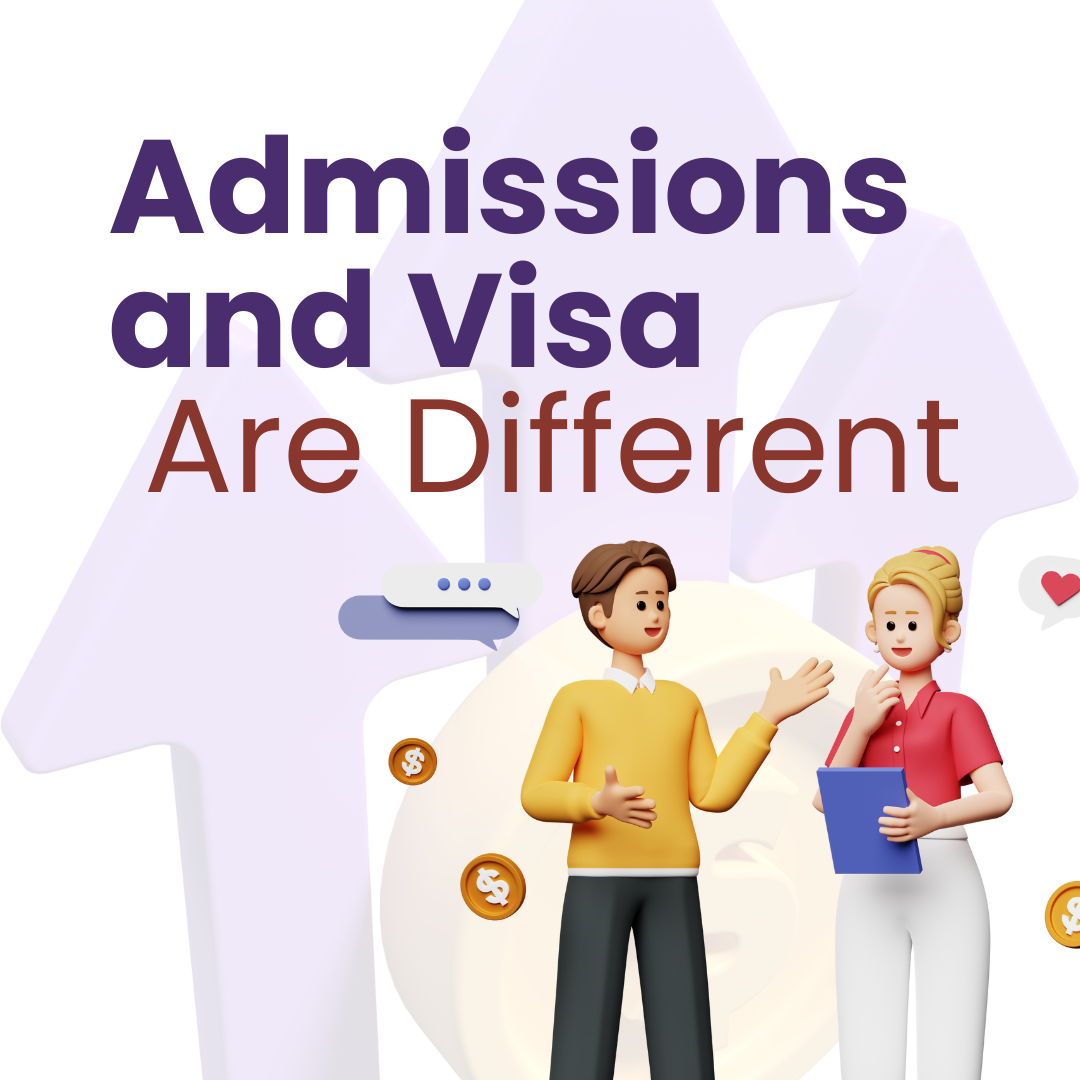Six Things No One Is Telling You About Studying in the USA
When I went for my master’s in the United States, I went to USC and I was in the heart of Los Angeles. It was amazing, but at the same time, there were so many things that I realized people just don’t prepare you for. Counselors will hide these facts, and I personally believe it is important for you to know these facts before you move to the US so that you can decide if the American dream—studying in the US and maybe even settling down there—is for you or not. Remember, this is your man [Name] bringing you information that almost no other YouTuber is putting out there. Make sure to subscribe so that I can keep creating content just like this for you guys. Without further ado, let’s talk about those six-pointers.
1. Don’t Trust Counselors Blindly
My foremost point, and yes, this may actually be one of the most important points I have to share, is to not trust counselors blindly. Let me tell you why. These counselors are paid by the universities to send you to that university. Imagine you start a university in the US today. Of course, no one is applying to the university because it’s so new. No one wants to come there. What do you do? You tie up with counselors in India, China, or wherever, and these counselors will make sure that they send the student to your university. Then, of course, you have to pay them a share of your tuition fee. That is what is going on in the market. Be aware because almost no one knows about this. They just think that these counselors are working for free or charging a very small amount. No, these counselors are not working for free. They are getting percentages out of your tuition fee.
2. Admissions and Visa Are Different

Also extremely important: Admissions and visa are completely different processes. Admissions are given to you by universities, whereas your visa to study in that university is given to you by USCIS, which is an entirely different organization. I am telling you this point because so many counselors, especially in the Punjab region, it’s a mess. The way they present it is that they will get you the visa—just pay us this amount, and after confirmation, we will get you the visa. This is not how it works. You need admission first, and the visa basically means you get to go to the US. But which university? You should always ask, “Where are you going to send me?” Of course, they’ll give you good names first and send you to lesser universities later. That is why I always ensure that I’m transparent. If you talk to me on WhatsApp or have a session on Google Meet, I’ll show you profiles—these are the real cases we’ve sent to these universities. We don’t aim for tier three. We don’t do tie-ups because that stunts a student’s career in a way. Understand the difference between these processes.
3. Post-Study Work Duration
Understand the post-study work duration, and this is where the concept of STEM comes into the picture. STEM means Science, Technology, Engineering, and Math. If you’re in a STEM field, you will get an OPT of three years. That means you have three years to work in the US regardless of whether you get the H1B or not. Three years to stay and get your return on investment is amazing. Whereas, if you’re in a non-STEM field, you will get only one year to work in the US. STEM and non-STEM aren’t just keywords; they are related to every degree, program, and course you study. For example, a Master’s in Computer Science is clearly a STEM program, whereas a Master’s in Finance is not. If it’s STEM-approved, it will be mentioned in the program, and you will get three years of OPT. If not, your counselor might still push you to go there just to get money out of you. Make sure you understand what you’re getting into because it’s a huge investment. I don’t want you to end up not getting a return on it.
4. The Reality of the H-1B Visa

Every year, after your education—whether it’s one year or three years—you can apply for the H1B visa, but it’s your employer sponsoring you, not you. Many top students who are hoping to get jobs end up working extra hours for less pay just to ensure their H1B sponsorship. Even after getting the H1B, changing companies is not easy. If you change, you lose your position in the H1B line. There are many restrictions. Additionally, after six years on the H1B, your employer must file a petition for your green card. It’s not an easy journey by any means. However, if you come to me, we can help you with the O1 Visa instead, where you can concurrently work for multiple employers and have your own company sponsoring you, protecting you at all times. No one can make you pack up and leave the country. Once you’re facing these issues, you can reach out to me on WhatsApp, and I’ll help you at that time.
5. Too Costly
Many people say that studying in the US is extremely costly and unaffordable. They’ll suggest going to Germany, Switzerland, and other countries instead. Understand that studying in the US is costly because of the high return on investment. Yes, you might pay less in countries like Germany, but after your degree, you’ll pay much more in taxes for your entire lifetime. You’re also indirectly sponsoring the education of other international students. In the US, the investment is bigger, but from my personal experience—we send more than 5,000 cases to the US every year. They offer full funding, half funding, 50% funding, and other types of funding. People are studying there with investments ranging from $5,000 to $100,000 per annum. It depends on the universities you target and the scholarships you secure. You can complete your education in almost the same amount of cost as in your own country if you know the right scholarship programs. Additionally, you get to work part-time and full-time during vacations, which helps pay off your degree. Banks also offer higher loan amounts for the US because they recognize the return on investment.
6. Recession
Many people put their education on hold due to a recession, fearing fewer jobs. However, in the last three to four years, despite a looming recession, not a single person who went to the US has come back unsatisfied due to a lack of jobs. We’ve been doing this for five to six years, and people are getting jobs. If there are issues with the H1B, we have the O1 Visa route and other backups. Unlike other countries like the UK, Australia, and Singapore, where people might struggle to find jobs and return home, in the US, no one has come back dissatisfied. The job market is stabilizing and getting better. Don’t put your education on hold. The return on investment is still there.
**Conclusion**
Those are the six things that people don’t want you to know about studying in the US. I’m telling you all of this directly from experience without even a script. If you liked this video, share it with people who need to know, subscribe to the channel, and follow me on Instagram for more such content. I’ll see you in the next one. Thank you so much for being here this time.